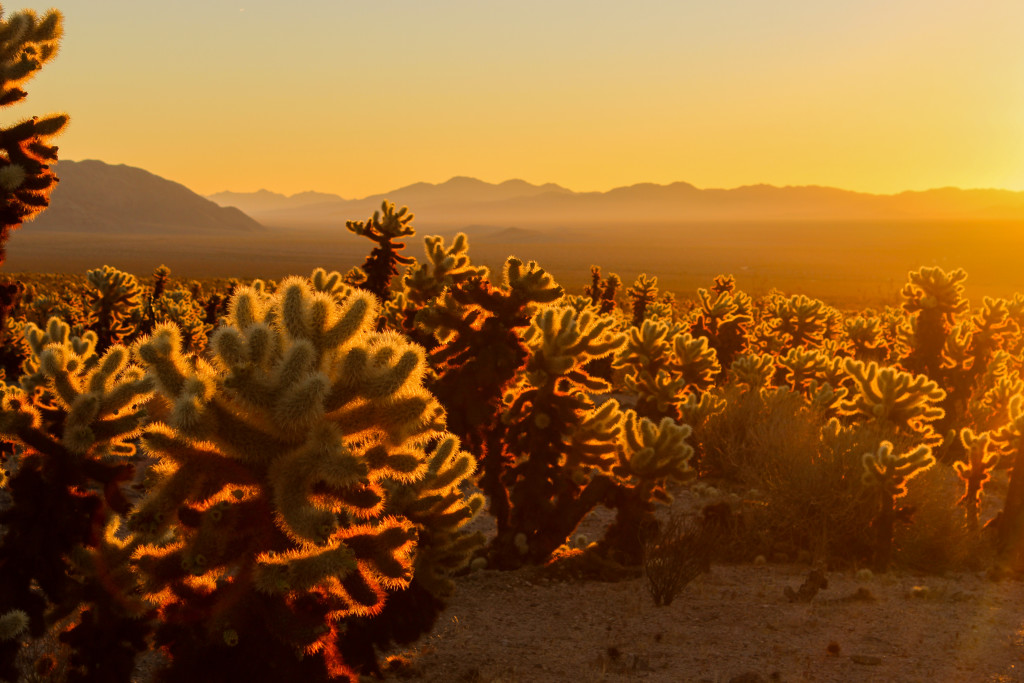The National Parks are known to be colorful, from the wildflowers to brilliant sunsets and sunrises to the wide diversity of colorful animals and even to the rainbow colored waters. However, there is one area in which our parks are seriously lacking in color and that is within the people who visit our national treasures. Out of the over 307 million people who visit our parks each year, a surprisingly low percentage of them are minorities. In fact, only 22% of the people who visit the parks identify as non-white. This is a troubling statistic, and it is one that needs to change. But how?
As Carolyn Finney, author of Black Faces, White Spaces, says, “The face of America is rapidly changing; yet our public lands do not reflect this demographic and ethnic diversity. We have a moral responsibility to fix this disconnect now. We must head into the next 100 years with a strong commitment to a more inclusive approach to public lands that puts a priority on engaging all Americans and protecting cultural and natural landscapes that tell our country’s complex history.”
I saw it for myself as I began my summer at Yosemite last week with new employee orientation, I looked around the room at the about one hundred other new employees and realized something. Every single one of us was white. The room was packed with people, but yet there was not a single person of color. In fact, as I roamed the park all week long discovering this place that would be my home for the next seven months or so, I saw one person of color the entire week. I waited in long lines for food, sat in traffic at all hours of the day, and yet nothing. And it isn’t as though Yosemite is isolated either. The park is within a few hours of some major urban centers, with public transport available to and from all of them. So why the disconnect?
No one really knows. Are the parks too expensive? Are they too far away from most of the population within the United States? Does it have to do with the workforce within the parks, which only continues to grow whiter by the year? One article recently suggested that maybe the uniforms that Park Rangers wear scare Latinos away because of their resemblance to Border Patrol uniforms. Could that be the case? Could it be that our Public Lands aren’t inclusive enough in the places they protect?
The Obama administration has actively tried to address that last issue and has created 23 new national monuments over the past few years. Many of these parks protect Latino, Asian American, Native American, African American, and women’s histories. But still, this hasn’t been enough to bring about the diversity that the Park Service longs for. Recently, a coalition made up of over 30 groups that promote diversity in the outdoors such as Outdoor Afro and Green Latinos, released dozens of policy recommendations such as encouraging land management agencies to recruit and hire staff with more diverse backgrounds and provide free recreation passes to members of federally recognized tribes. They also called upon Obama to release an executive order dealing with the lack of diversity within the parks. Unfortunately, only time will tell if these actions will be enough. In the meantime, we just need to be aware of these issues and keep striving to do better.

